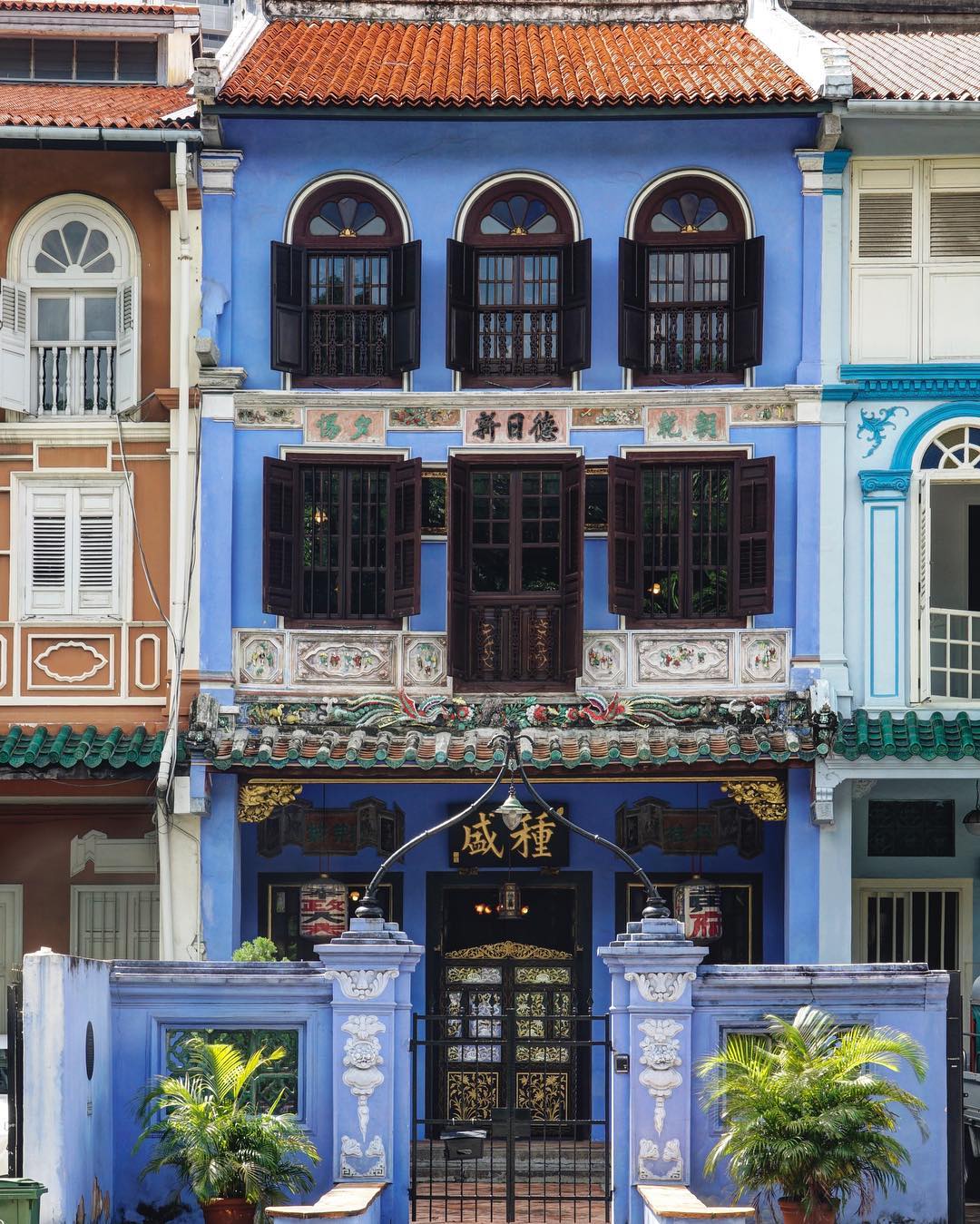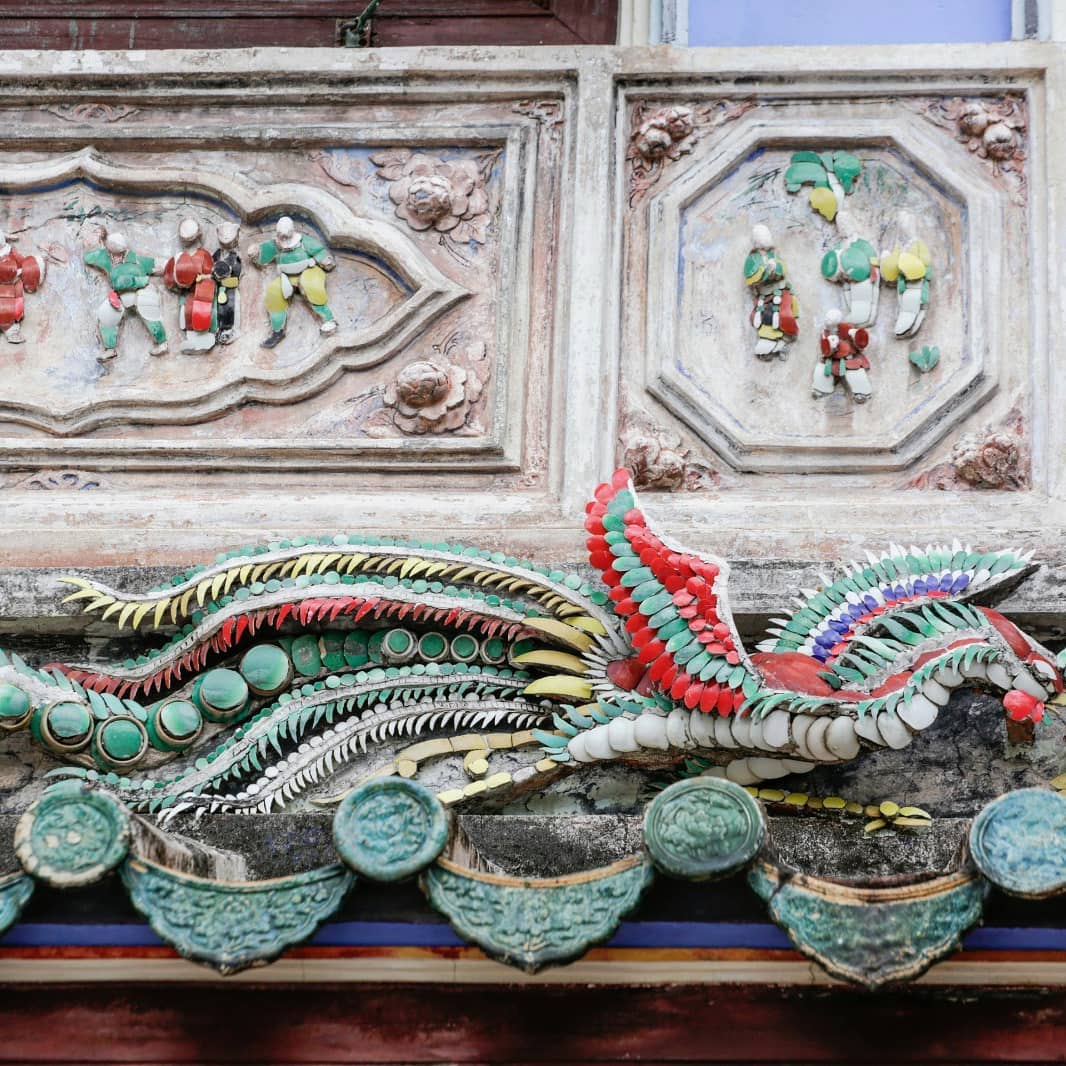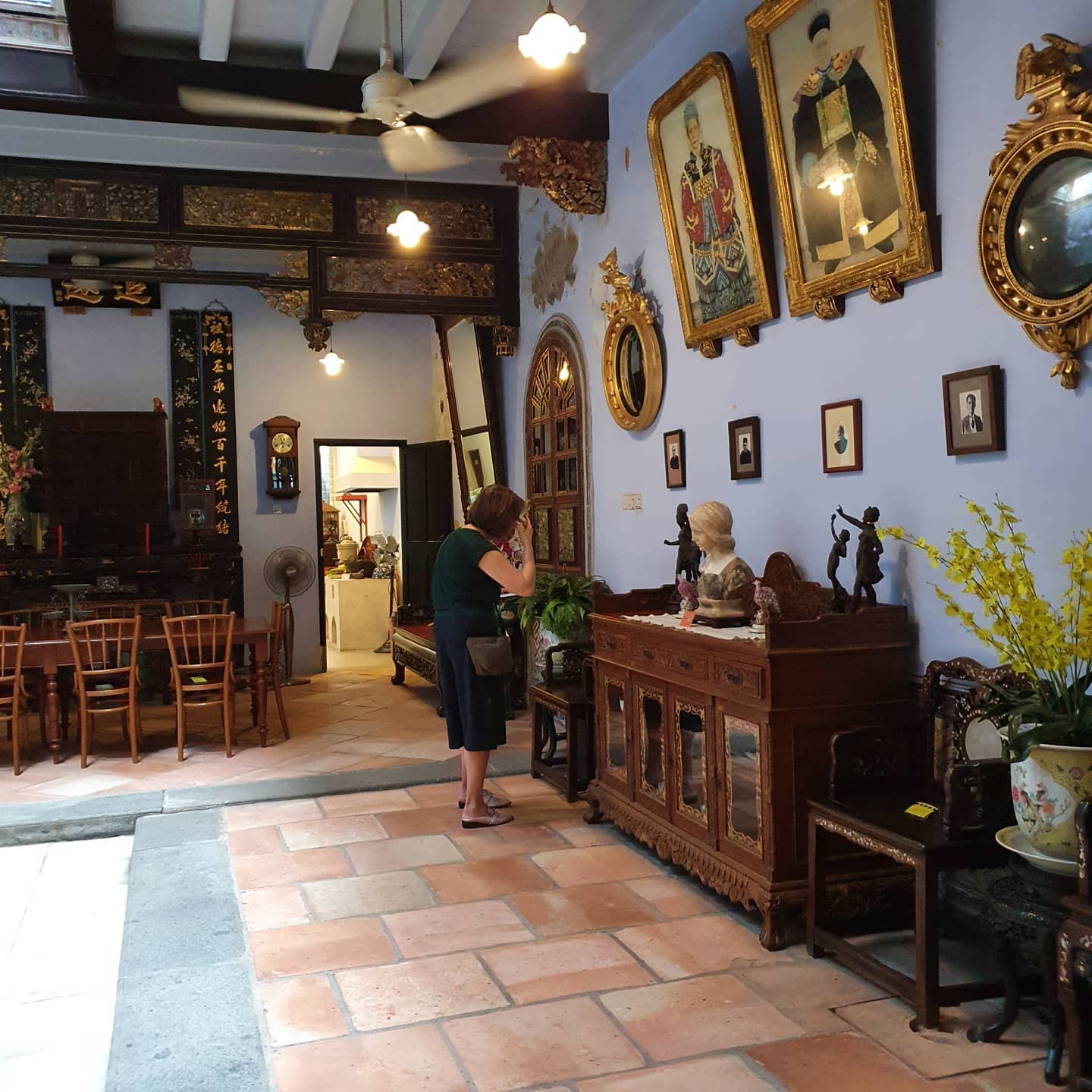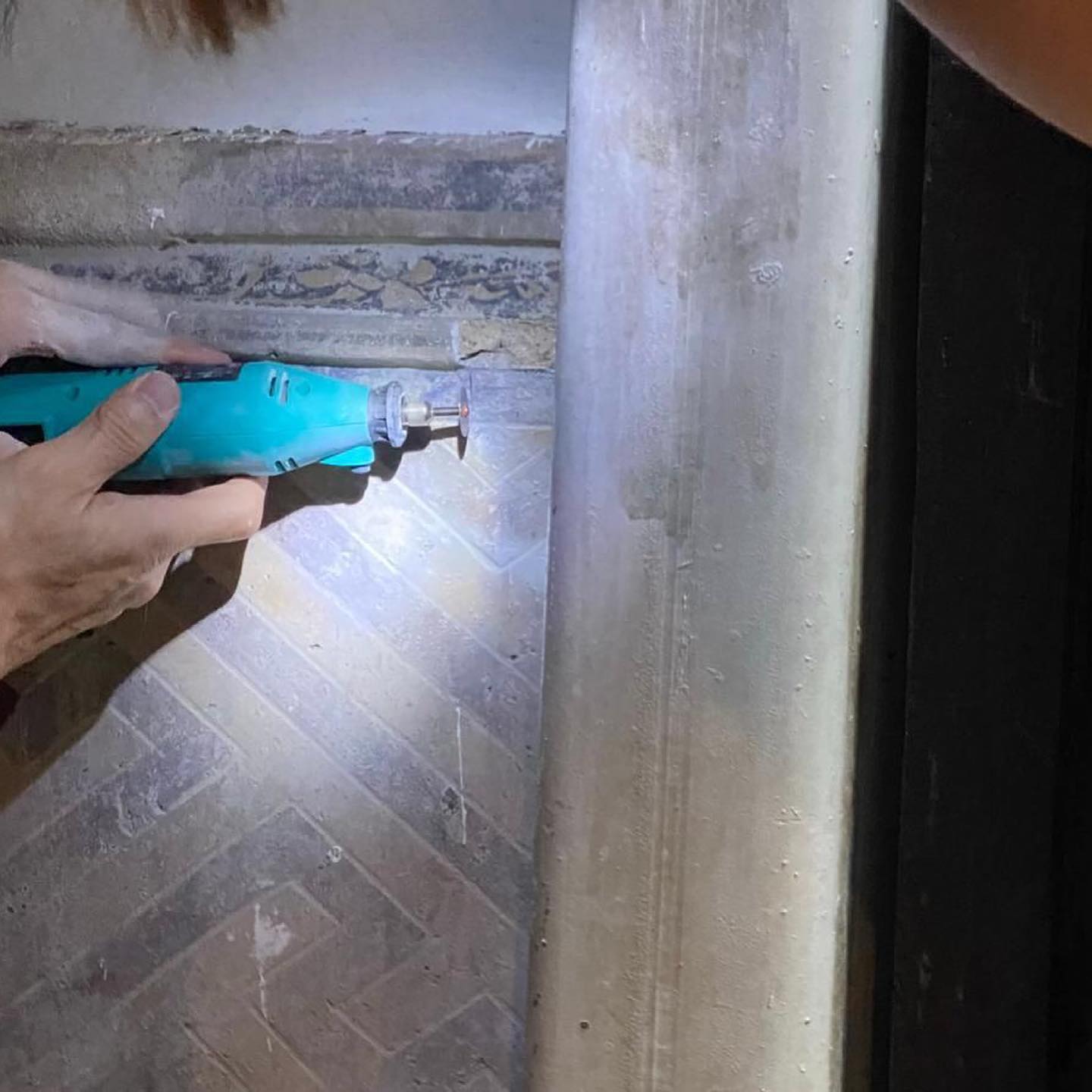NUS Baba House

On 157 Neil Road lies the NUS Baba House, once the ancestral home of a Straits Chinese family and one of the few remaining terrace houses in Singapore with a high degree of Chinese-style plaster relief (灰塑 huī sù) and porcelain (嵌瓷 qiàn cí) ornamentation adorning the facade.

Built in the 1890s, the Baba House combines various architectural styles. Its cantilevered roofs are also adorned with Chinese roof tiles (板瓦 bǎn wǎ), a Southern Chinese style architectural feature. And inside, in the Ancestral Hall, there are Art Nouveau tiles with floral motifs from England and Japan.

The Baba House was the ancestral home of the Wees and descendants of shipping tycoon Wee Bin, who once owned a fleet of 20 ships that plied the Malay and Indonesian archipelago in the late 19th century. In 2006, it was acquired by NUS through a cash gift from the late Agnes Tan, who donated in memory of her father, the late business and community leader Tun Tan Cheng Lock. It was restored to a heritage home and its interior was faithfully reconstructed to reflect the Wee’s living quarters in the early 20th-century. A showcase of Peranakan history and culture, the house also holds a collection of over 2000 antiques and objects. This Straits Chinese Collection documents the material history of the Peranakan Chinese, and provides great insight into studies of migration, cultural exchange and hybridity.
Visits to the Baba House are by appointment only. It allows visitors an immersive experience of how Peranakan homes looked and functioned in the golden era of Peranakan culture in Singapore. The house acts as a living research centre — with new information regarding building materials and restoration techniques continuing to get discovered during regular maintenance works.

The Baba House offers a glimpse into the past by conserving it in our present, so that future generations can appreciate the gems of our physical heritage. #HEREitage
(📷: All images courtesy of NUS Baba House)

